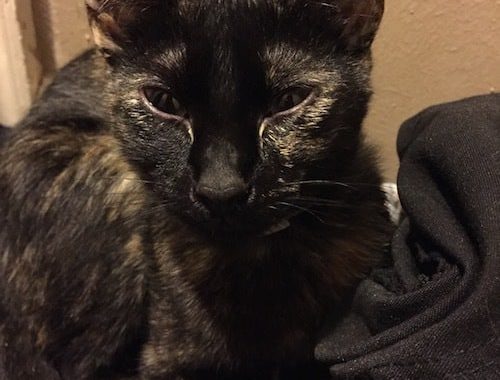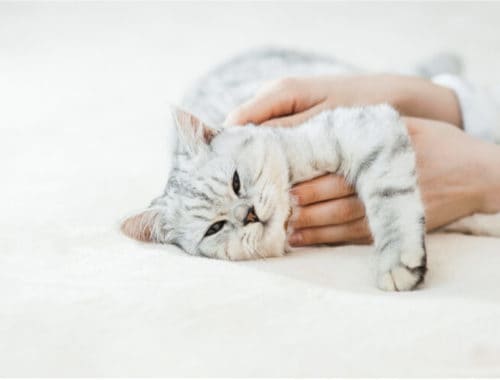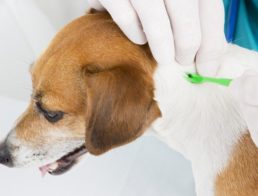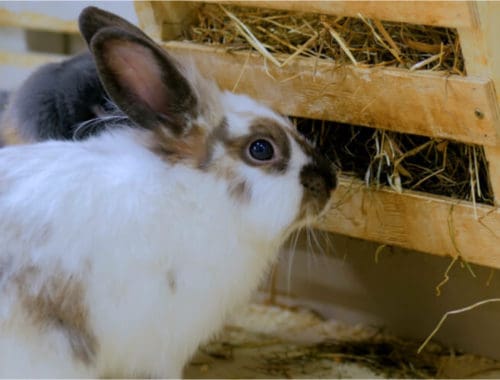If you own a hamster, you may already know that there are veterinarians who specialize in taking care of the tiniest furry family members. But, what you may not know is that most companion animal veterinarians have knowledge in the diagnosis and treatment of illness for these special pets, and are willing to help if a specialist is not available.
Many hamster diseases can be addressed medically. In order to get timely medical care for your hamster, you’ll need to recognize the signs of illness. This article addresses symptoms of disease and common underlying medical conditions in pet hamsters.
General Signs of Illness
As with all prey animals, hamsters will hide signs of illness early in the course of disease. Observe your hamster frequently. What is his normal day like? What times of the day does she eat, drink, exercise, and sleep? How much food and water does he normally consume? What does her stool look like? Knowing what is normal will help you determine what is not normal. Following are some general signs that something is not right:
- Rough Hair Coat – If your soft hamster is feeling coarse, or if the hair that normally lays flat is standing up, your hamster may be feeling bad. (Note: This is also a sign of normal aging; hamsters live 2 to 3 years). In the presence of other symptoms, this should not be ignored.
- Loss of Appetite – Make sure that you know how much your hamster eats in a day. With a pelleted or block feed, this is easy to gauge. Clean the food dish daily, and if she goes more than a day without eating, seek help from a veterinarian.
- Weight Loss – This non-specific symptom can accompany many diseases. If you handle your hamster regularly, you should be able to tell when his belly has gotten smaller or his spine more prominent.
- Lethargy – If you are familiar with your hamster’s regular activity (using the exercise wheel, collecting food pellets), then you will know when activity decreases.
Specific Signs of Illness
Certain illnesses are associated with specific symptoms. Some of these conditions are treatable, but early intervention provides the best chance for a good outcome. While not an exhaustive list, these symptoms are associated with common medical problems:
- Hair Loss – If your hamster has a thinning coat, there is likely an underlying problem. Hormonally active diseases (adrenal dysfunction), infectious diseases (ringworm), or parasites (mites) can cause hair loss.
- Wet Tail – If your hamster’s normally dry tail is damp, take him to a veterinarian. Diarrhea caused by enteritis or ileitis is not uncommon and can progress to more serious problems, if not treated. Straining from untreated diarrhea can cause the rectum or intestine to turn inside out, requiring surgical repair.
- Nose and Eye Discharge – Hamsters should have dry noses. Nasal discharge or eyes that are stuck shut are signs of respiratory infection. Hamsters are prone to developing pneumonia and may need antibiotic therapy.
- Rapid Breathing – Hamsters can develop heart disease, which manifests clinically as lethargy and changes in breathing.
- Drinking Excessively – Kidney, liver and adrenal diseases can cause this symptom. Make sure you change the water daily so that you know how much your little one is drinking.
- Swelling – If swelling is noted anywhere on the body, veterinary care should be pursued. Abscesses are common in hamsters. Swelling in the abdomen likely indicates a more serious condition. Your veterinarian will help you determine the difference and start treatment, if possible.
False Signs of Illness
Hamsters have unusual characteristics that are normal but may be misinterpreted. The following signs should be evaluated in conjunction with overall behavior, as changes may indicate a more serious problem.
- Full Cheek Pouches – Hamsters like to carry food in their cheek pouches. Since they are prey animals, they gather food and hide it for later consumption. But, the pouches can become impacted or infected, so if they are not emptied daily, veterinary evaluation should be pursued.
- Vaginal Discharge – Female hamsters go through heat about every 4 days. For about a day, they have thick, stringy discharge. Persistent or bloody discharge is abnormal.
- Large Testicles – Male hamsters normally have large testicles, which may become more prominent with maturity. If the size is uniform without color change, this may be normal. If accompanied by color change of the testicles or pain with handling, there may be an underlying condition that needs treatment.
Some of the common conditions affecting hamsters can be successfully treated if recognized early. Knowledge of normal behavior for your hamster will help you determine when there is a problem. Spending time with your hamster every day, providing fresh food and water daily, and cleaning the cage regularly are the best recommendations for early recognition and treatment of medical problems.






























